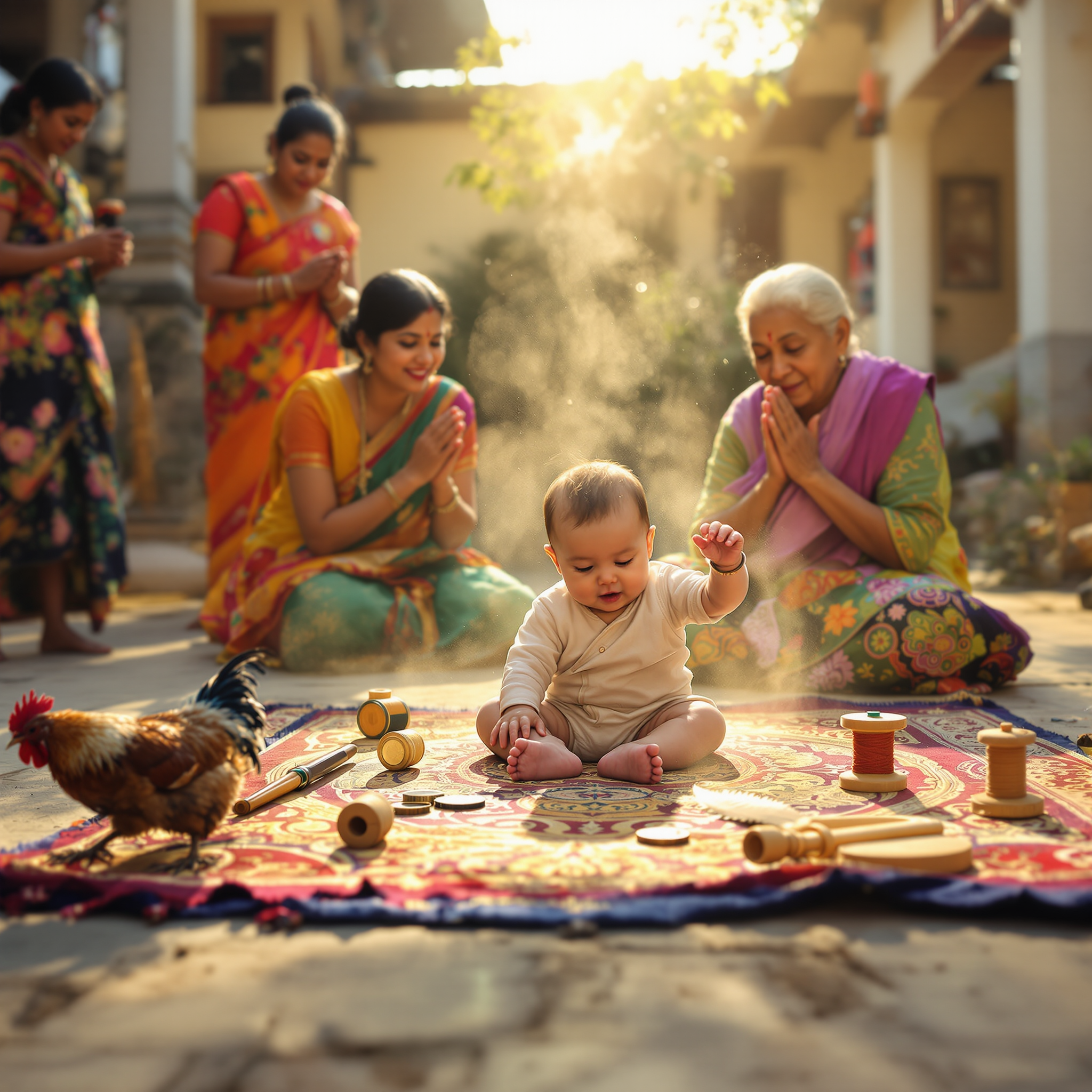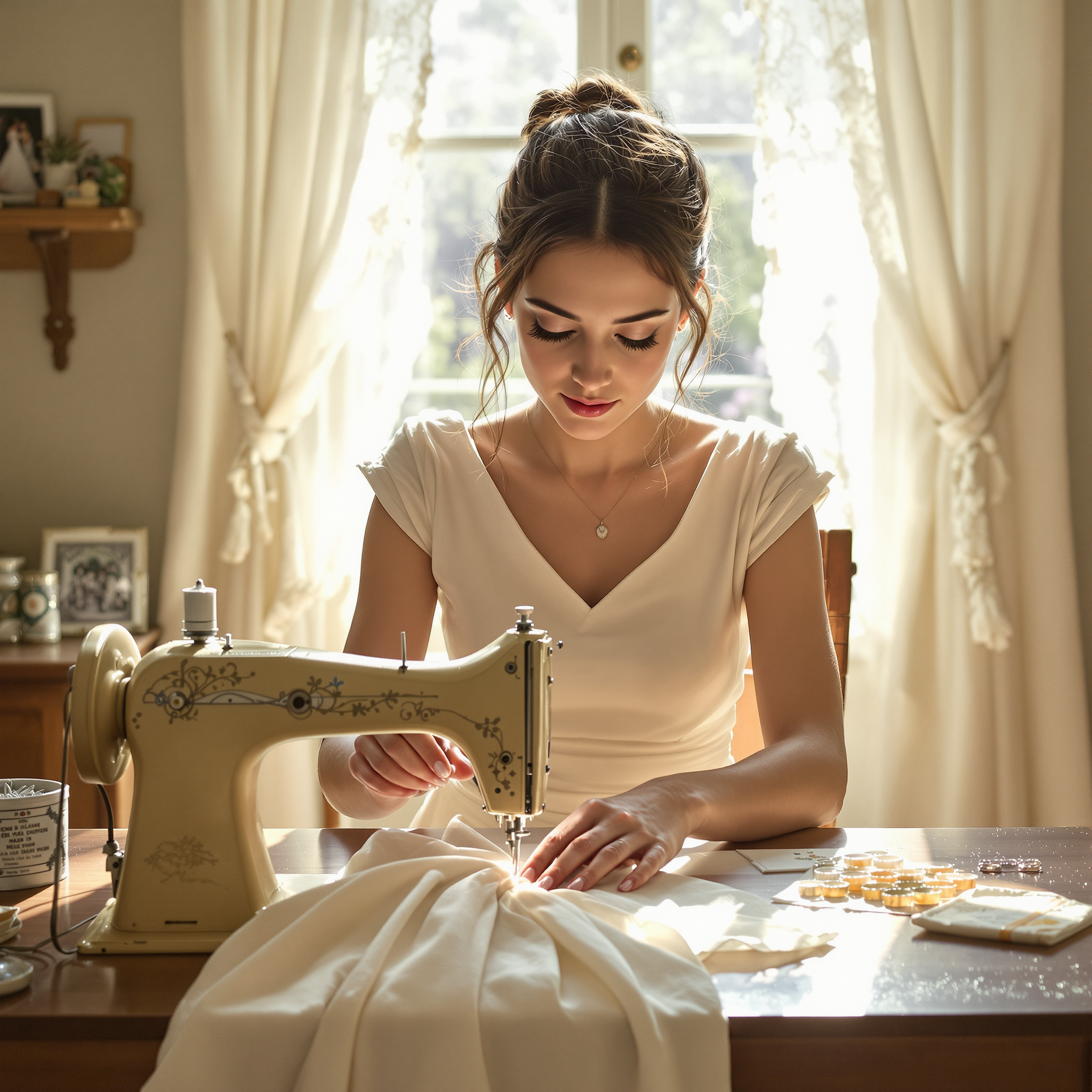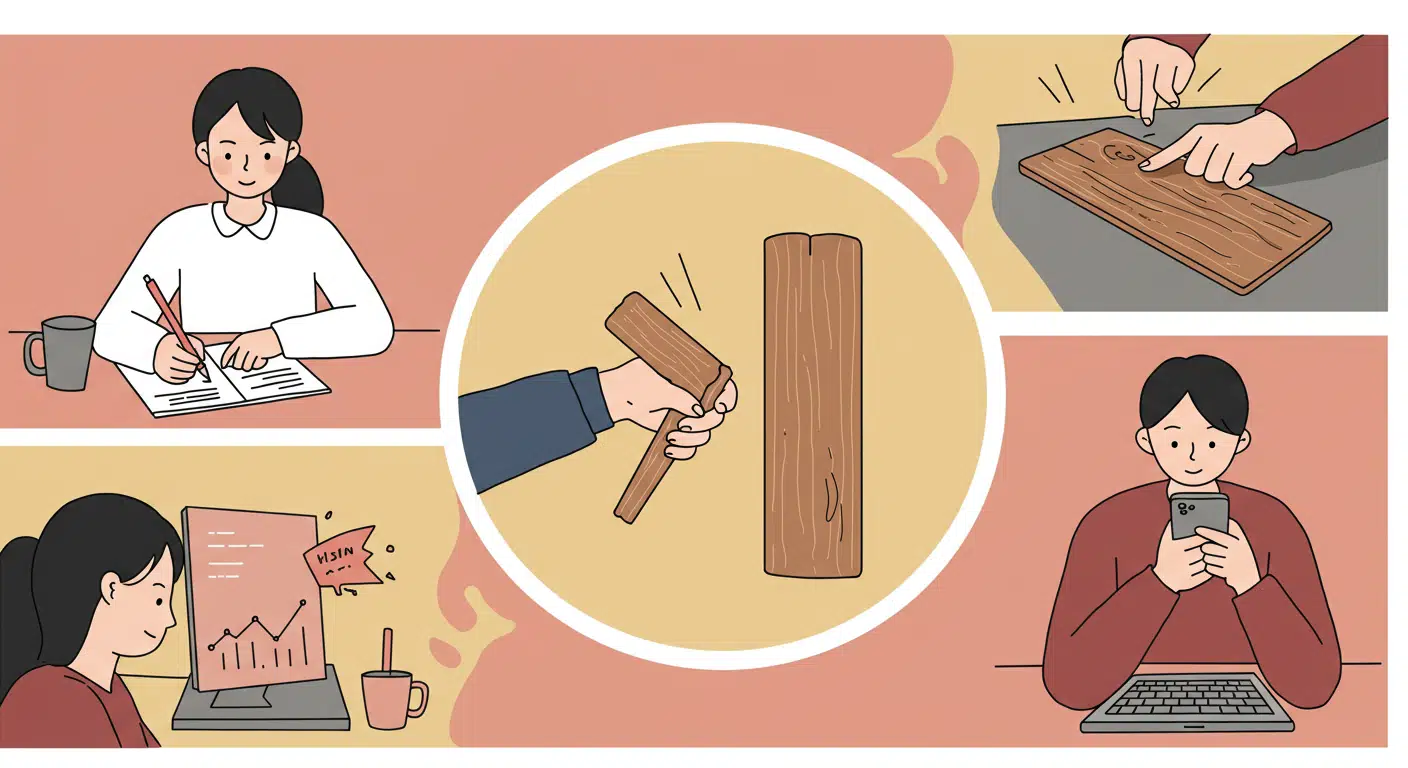This superstition suggests that breaking a sewing needle while working on a new piece of clothing — usually by hand — is a prophetic sign that the clothing’s intended owner or wearer will marry before the garment becomes worn or aged. The belief primarily functions as a form of romantic divination. No specific ritual is required beyond the natural act of sewing. The broken needle is not disposed of with any ceremony, but the significance comes from the moment of accidental breakage. Some interpretations hold that the needle must snap on the first try or during finishing stitches to carry full predictive power.

A baby’s future career or fate is predicted by the first object they select during a ceremonial setup.
In several Asian and Eastern European cultures, a traditional ceremony is held for babies usually around their first birthday. Known


